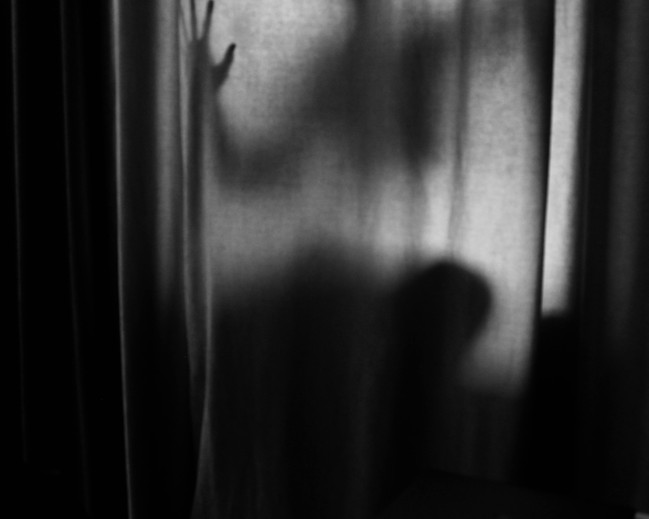Rencontres
(FR) Le “focal point” de cette exploration est de présenter mon interprétation d‘Une Mélancolie Arabe’ avec les photographes. J’ai utilisé des voiles des matériels naturelles pour évoquer un connection entre nos habillements et ce que ça représente de notre personnalité - une connection entre l’apparence physique et les choses desquelles on s’habille. En concernant les poses, j’ai bien essayé de communiquer ces themes du livre - la mort, les rencontres/relations intimes, la religion, et bien sur la notion de la dualité qui existe entre Taia lui-meme. Il etait clair dès du debut du livre que son ame est complique, et toujours en désarroi. Les deux bras poignée sont un representation de les libertés et constrictions de l’identité queer - particulièrement en ce qui concerne le queer comme un renonce des valeurs et cultures “vraiment africaines”, même pour Taia et moi-meme. La raison pour laquelle j’ai fait ces photos comme “self-portraits” et parce que je ne veut pas faire un interpretation qui peut être “universelle”, je veux bien montrer ce qui j’ai vu, ce qui m'a touché dans le livre, et avec ses photos, inviter les spectateurs à formuler leurs propres interprétations du texte, et de mes depictions en photo.
(EN) This exploration's “focal point” is to present a photographic response to “Une Melancolie Arabe” by Moroccan writer Abdellah Taia. I used veils made of natural materials (cotton, linen) to evoke a connection between our clothing and what it represents about our personalities - a connection between physical appearance and the way we cover/dress. As far as the poses are concerned, I have tried to communicate the following themes from the book - death, intimate encounters/relationships, religion, and of course the dualities that exist within Taïa himself. It was clear from the beginning of the book that his soul is complex, and in a constant state of turmoil. The two arms holding one another are a representation of the freedoms and constrictions of queer identity - particularly as regards queer as a renunciation of “truly African” values and cultures, for Taïa and me. Many of these are“self-portraits” so as not to make an interpretation that can be “universal”, but instead to show what I saw, what touched me in the book, and with its photos, invite viewers to formulate their interpretations of the text, and my depictions in photos. Here we explore death, life, queerness, connection, and the intricacies of literature - what is written, and what is expressed are on an equal footing with what is left unsaid.


